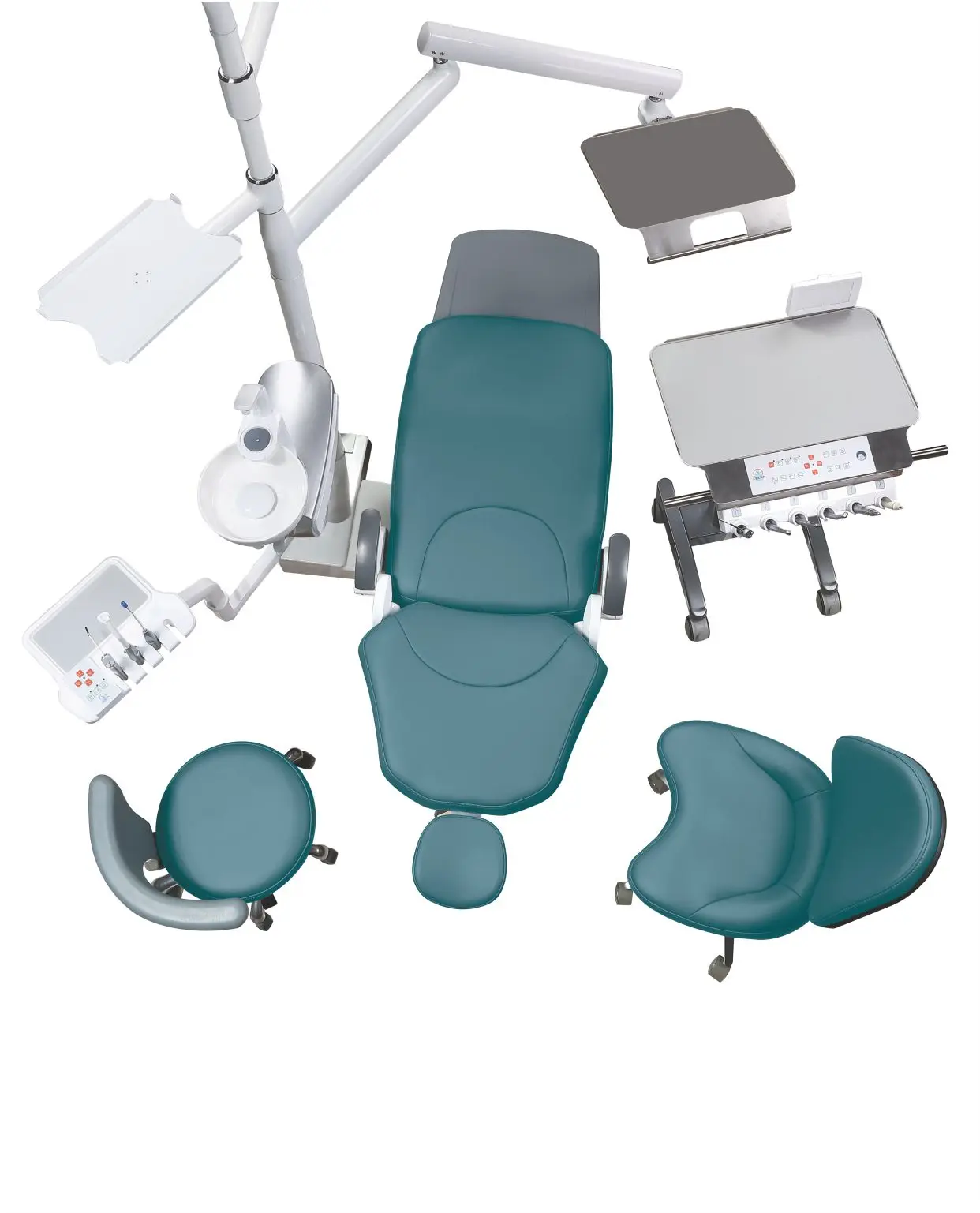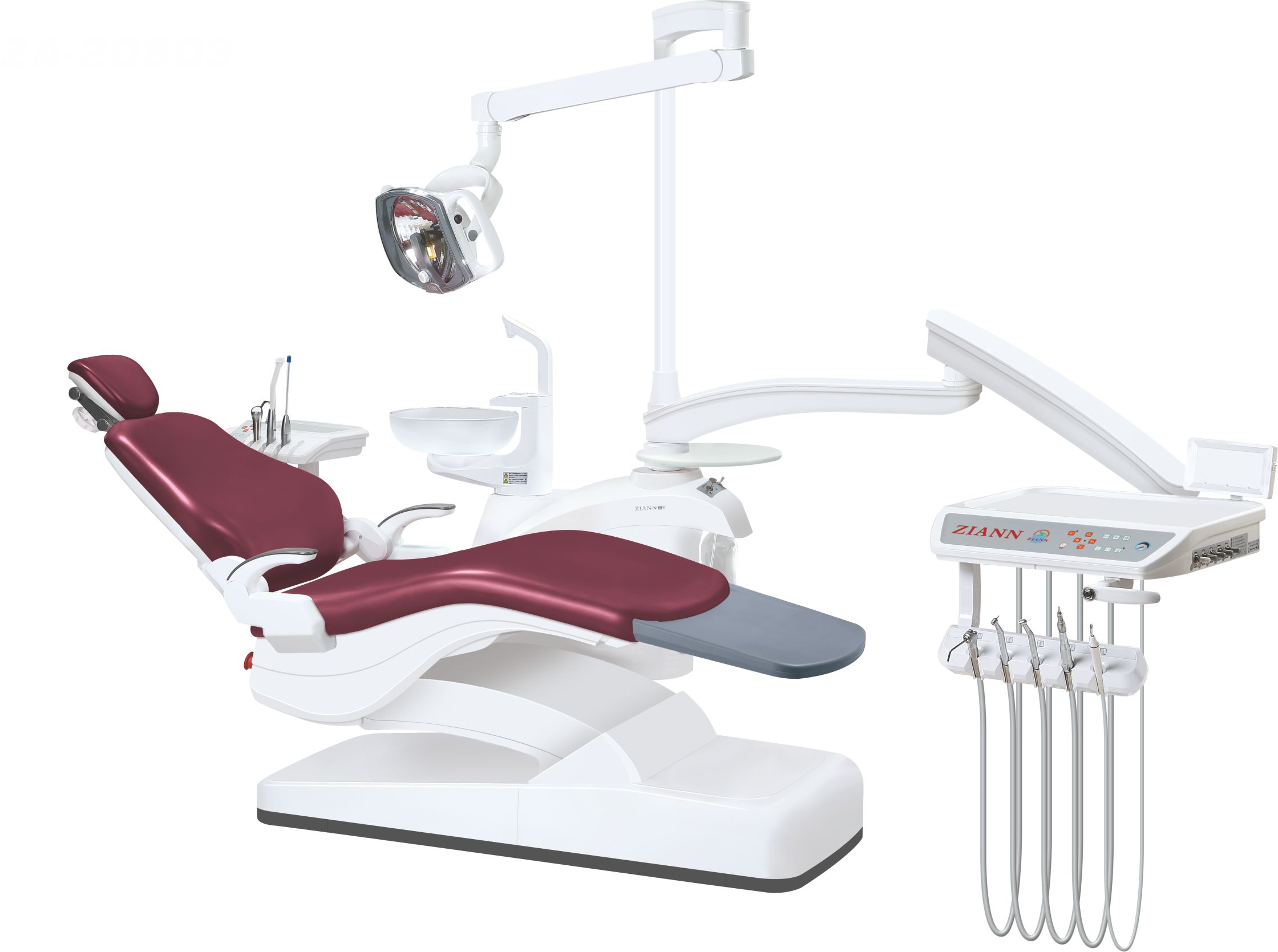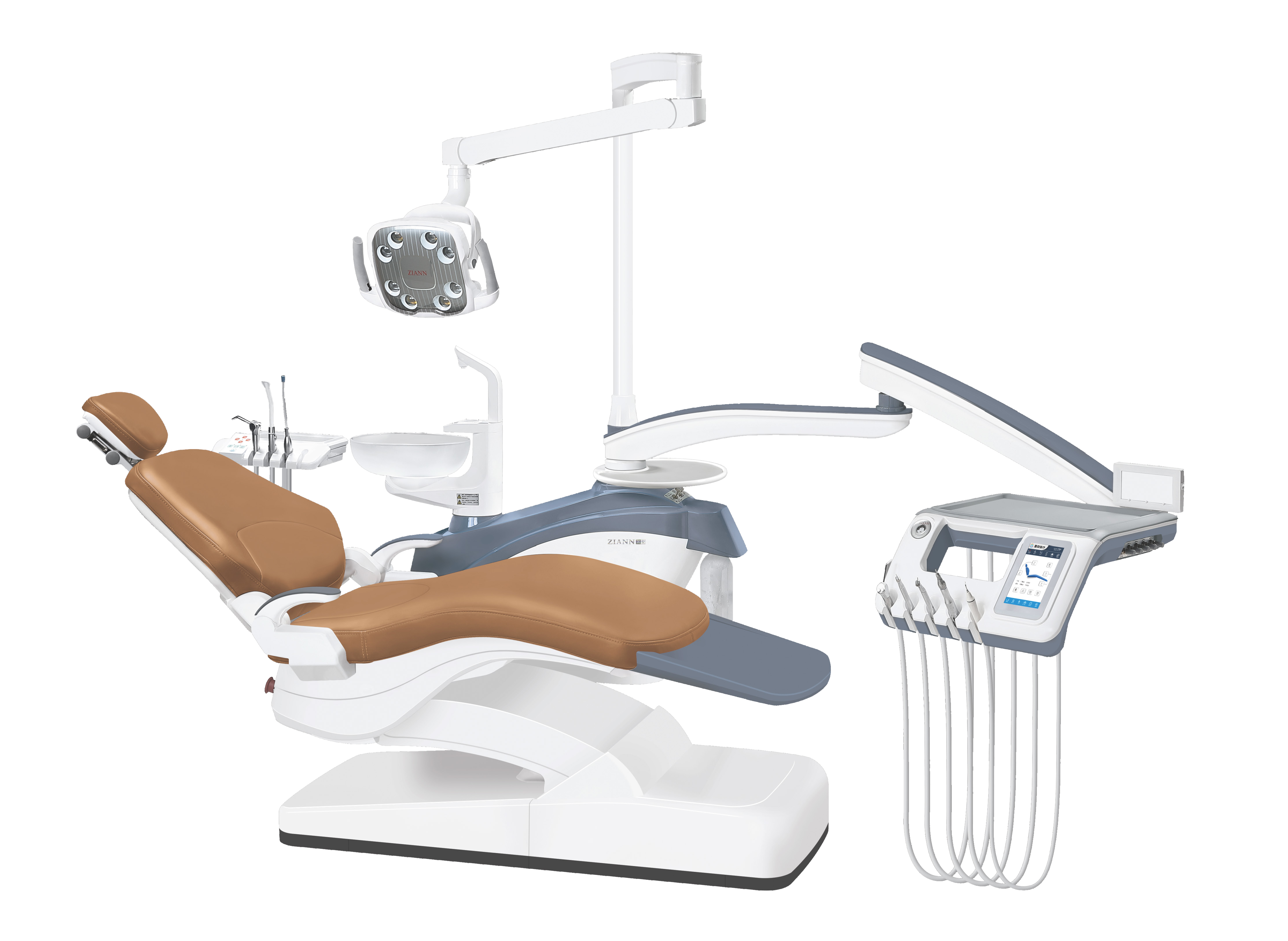Dental implants have changed the field of restorative dentistry, providing a durable and aesthetically pleasing solution for tooth loss. As the demand for dental implants continues to rise, advancements in dental implant units are streamlining procedures, enhancing efficiency, and improving patient outcomes. This article explores how modern dental implant technology is transforming the surgical process.
Advancements in Technology
The integration of cutting-edge technology in dental implant units has significantly streamlined various aspects of the implantation process. Key advancements include:
3D Imaging and Scanning: The use of 3D dental CT scans allows for precise visualization of a patient's oral anatomy. This technology surpasses traditional 2D imaging by providing detailed, real-time images that help in accurate treatment planning and implant placement.
Computer-Aided Design and Manufacturing (CAD/CAM): CAD/CAM technology enables the creation of digital impressions and custom abutments, leading to highly accurate and efficient workflows. This reduces manual errors and minimizes the need for multiple patient visits, thereby enhancing the overall patient experience.
Guided Implant Surgery: Utilizing advanced software and 3D-printed surgical guides, dentists can plan and execute implant placements with exceptional precision. This minimally invasive technique not only reduces surgical time but also improves safety and patient comfort.
Enhanced Efficiency
The streamlined procedures offered by modern dental implant units result in several efficiency gains:
Reduced Treatment Time: Innovations such as immediate implant placement allow for implants to be placed right after tooth extraction, reducing the number of surgeries required and accelerating the treatment timeline.
Improved Osseointegration: Recent advancements in implant surface technology enhance osseointegration—the process by which the implant fuses with the bone. This leads to faster healing times and greater implant stability, further optimizing the treatment process.
Impact on Patient Care
The advancements in dental implant technology not only streamline procedures but also significantly enhance patient care:
Natural Aesthetics and Functionality: Modern implants are designed to closely mimic the appearance and function of natural teeth, improving both aesthetic outcomes and patient satisfaction.
Minimized Discomfort: With less invasive techniques and improved surgical planning, patients experience reduced discomfort and shorter recovery times, contributing to a more positive overall experience.
Increased Accessibility: As dental implant procedures become more efficient, practices can accommodate a larger number of patients, addressing the significant gap between the number of individuals needing implants and those receiving them.
Comparing Dental Implant Units to Traditional Dental Procedures
Dental implants offer numerous advantages over traditional dental procedures, including greater durability, superior aesthetics, and enhanced functionality. While they require a surgical procedure and a longer healing time, the long-term benefits often outweigh these initial drawbacks. Patients should consult with their dental professionals to determine the best option for their individual needs, considering factors such as cost, lifestyle, and oral health.
Conclusion
The evolution of dental implant units is a testament to the continuous advancements in dental technology. By streamlining procedures through innovative imaging, design, and surgical techniques, these units not only enhance efficiency but also improve patient care and satisfaction. As the field of dentistry continues to embrace these advancements, dental implants are likely to become an even more integral part of restorative practices, ultimately transforming the lives of countless patients.






